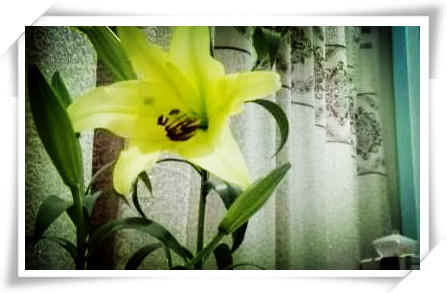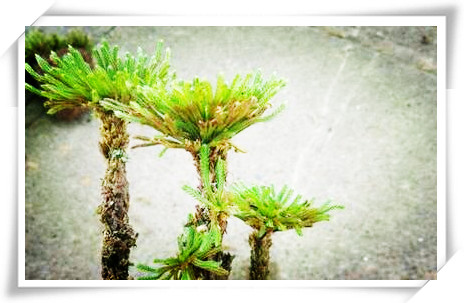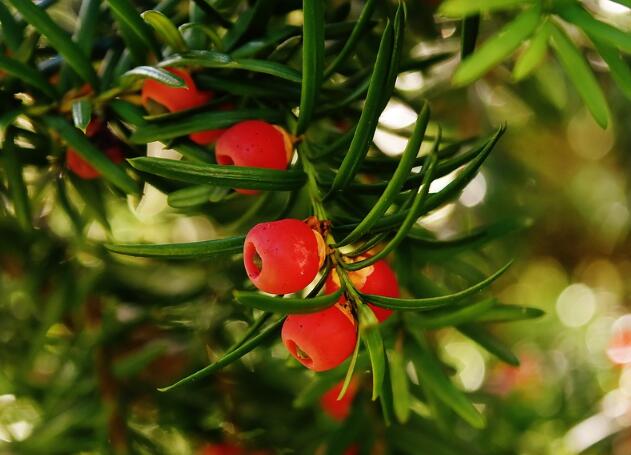Symptoms and control methods of lily leaf scorch disease of herbaceous bulbous plants
The lily is also known as Qiangshu, Mussel, Shandan, inverted immortal, Chongmai, atrium, Moro, heavy box, Zhongfeng flower, lily garlic, master garlic, garlic brain potato, night lily and so on. It is a perennial herbaceous bulbous plant of Liliaceae, which is native to China and is mainly distributed in eastern Asia, Europe, North America and other temperate regions of the Northern Hemisphere. At least 120 varieties have been found in the world, of which 55 species are produced in China. In recent years, there are many new varieties produced by artificial hybridization, such as Asian lily, perfume lily, fire lily and so on. The bulb is rich in starch, edible and used as medicine.
Lily mosaic scorch disease, also known as leaf blight, leaf burn disease. The specific symptoms are as follows: leaf scorching occurs when the flower bud is not seen with the naked eye, the young leaves curl slightly inward before budding, and yellow-green to white spots appear on the leaf tip a few days later. In severe cases, the white spots become brown scorched, and the leaves and younger buds fall off. The main reason is the imbalance between plant water absorption and transpiration, which is related to excessive manganese and aluminum salts in soil, poor root development, calcium deficiency in young leaf cells, sharp changes in relative humidity in greenhouse, and also related to varieties and bulb size. large bulbs are more susceptible to disease than small bulbs.

Control methods: controlling root diseases and insect pests, regulating soil moisture, selecting suitable varieties and making use of small bulbs as far as possible are the main measures to control leaf scorch disease. At the same time, after bulb planting, the covering soil should be kept between 6 cm and 10 cm, the relative humidity of greenhouse should be kept between 75% and 85% as far as possible, temperature and relative humidity should avoid big differences, shade and water spraying in summer should avoid excessive transpiration and prevent excessive growth.
Attachment: lilies like cool, more hardy. Poor growth in high temperature areas. Like dry, afraid of waterlogging.
Too high soil moisture causes the bulb to rot and die. The requirements of the soil are not strict, but in the deep, fertile and loose sandy loam, the bulb is white and fleshy. Clayey soil is not suitable for cultivation. The root system is sturdy and well-developed and tolerant to fertilizer.
After being unearthed in spring, sufficient nitrogen nutrition and sufficient phosphorus and potassium fertilizer, N:P:K=1:0.8:1, fertilizer should be mainly organic fertilizer. Avoid continuous cropping, rotation once every 3 to 4 years, legume and gramineous crops are better for previous cropping.
Time: 2019-04-13 Click:
- Prev

What kind of plant is Selaginella officinalis? Is it a fern or a naked child?
Selaginella officinalis comes from Shennong Materia Medica Classic. "Southern Yunnan Materia Medica" is called Huiyang grass, "Compendium of Materia Medica" calls it long-growing grass, and "classified herbal medicine" calls it Huanghuancao. "Modern practical traditional Chinese medicine" calls it the grass that revives the dead. The Handbook of Jianjiang traditional Chinese Medicine calls it to see water and return Yang grass.
- Next

Culture methods and matters needing attention of Taxus chinensis how to cultivate Taxus chinensis
The yew has the same red and beautiful fruit as the Acacia bean in the south, so it is named Taxus. Known as the healthy tree, also known as purple shirt tree, is an evergreen tree yew plant. It is a shallow-rooted plant with inconspicuous main roots and well-developed lateral roots. It is recognized as an endangered natural rare anticancer plant in the world.
Related
- Fuxing push coffee new agricultural production and marketing class: lack of small-scale processing plants
- Jujube rice field leisure farm deep ploughing Yilan for five years to create a space for organic food and play
- Nongyu Farm-A trial of organic papaya for brave women with advanced technology
- Four points for attention in the prevention and control of diseases and insect pests of edible fungi
- How to add nutrient solution to Edible Fungi
- Is there any good way to control edible fungus mites?
- Open Inoculation Technology of Edible Fungi
- Is there any clever way to use fertilizer for edible fungus in winter?
- What agents are used to kill the pathogens of edible fungi in the mushroom shed?
- Rapid drying of Edible Fungi

